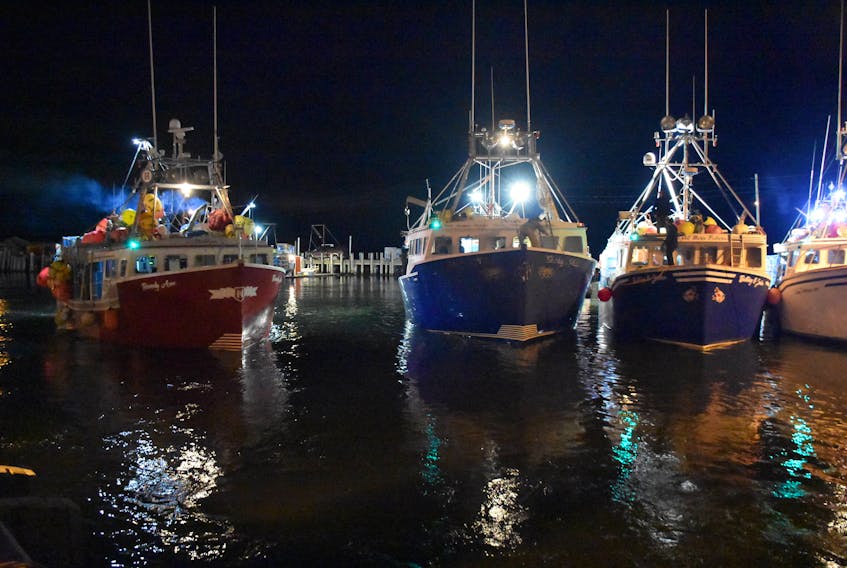YARMOUTH, N.S. —
An internationally recognized quality standard for holding lobsters will be among the new regulations for the recently amended provincial Fisheries and Coastal Resources Act.
“Nova Scotia will be the only place in the world that has it,” said Minister Keith Colwell in an interview. “We have companies in Europe and Asia that are gearing up to our standard now and they will be buying only from Nova Scotia or anywhere else in the world that meets our standard, so that’s really positive. That’s something we’ve been working on for a long time.”
Colwell said the department has been working with industry for three years now on the amendments to the Fisheries and Coastal Resources Act – passed earlier this fall – that will support the design of a revised regulatory framework for the licensing of fish buying and processing in Nova Scotia.
The legislation removes an outdated definition of processing, improves transparency and reduces processing time for businesses that make use of the Fisheries and Aquaculture Loan Board.
Colwell said further consultation with industry on the new regulations to support the amended Act will start soon, with potential changes being done over time, he said, “to really address the modern industry as it is today.”
“At the end of the day the idea is to make it fairer for industry,” Colwell said.
Leo Muise, executive director of the Nova Scotia Seafood Alliance, said the changes in the regulations, “will improve our industry’s access to the loan board, allowing our members to make facility improvements which will lead to higher quality products.”
“In turn, these efforts will help us to increase access in a globally competitive market,” he said.
The Seafood Alliance has experienced tremendous growth throughout 2019, said Muise, with total membership approaching 130 companies, including shore-based seafood buyers and processors as well as associated companies who are supportive of the sector.
Muise said the Seafood Alliance is currently completing a technology needs assessment of its member companies.
“The goal is to determine where our member companies can make technology improvements that will maintain and enhance product quality and address efficiency and labour short falls,” he said. “Once we get a clearer picture of the current technological state of the industry and what is possible, we will be working with governments and service providers to increase the technology used in our plants.”
Lobster buyers aren’t the only ones doing upgrades to ensure top notch lobster quality. Fishermen are also taking advantage of funding through the loan board and the Atlantic Fisheries Fund (AFF) to make upgrades or install live wells in their vessels.
“We’ve had quite a few applications for live wells so we’re very happy with that,” said Colwell. “It’s very positive. There’s a lot of interest from the industry on that.
“They can bring a better product to the wharf,” he said, and in turn put a better product on the market.
For the past four years, Nova Scotia has been Canada’s leading exporter of seafood.
“We’ve taken the industry from $974 million a year to almost $2.3 billion in export sales,” said Colwell, noting Nova Scotia exports 95 percent of the live lobsters in the world.
Improved marketing, higher quality products and better labelling have all contributed to the success, said Colwell.
“Companies are stepping up to plate, harvesters are bringing in top quality,” he said. “It’s a tremendous amount of economic benefit to the province especially in rural Nova Scotia.”
Nova Scotia upping its game on lobster quality

STORY CONTINUES BELOW THESE SALTWIRE VIDEOS
Sidney Crosby & Drake Batherson NS Showdown #hockey #halifax #sports #penguins #ottawa








